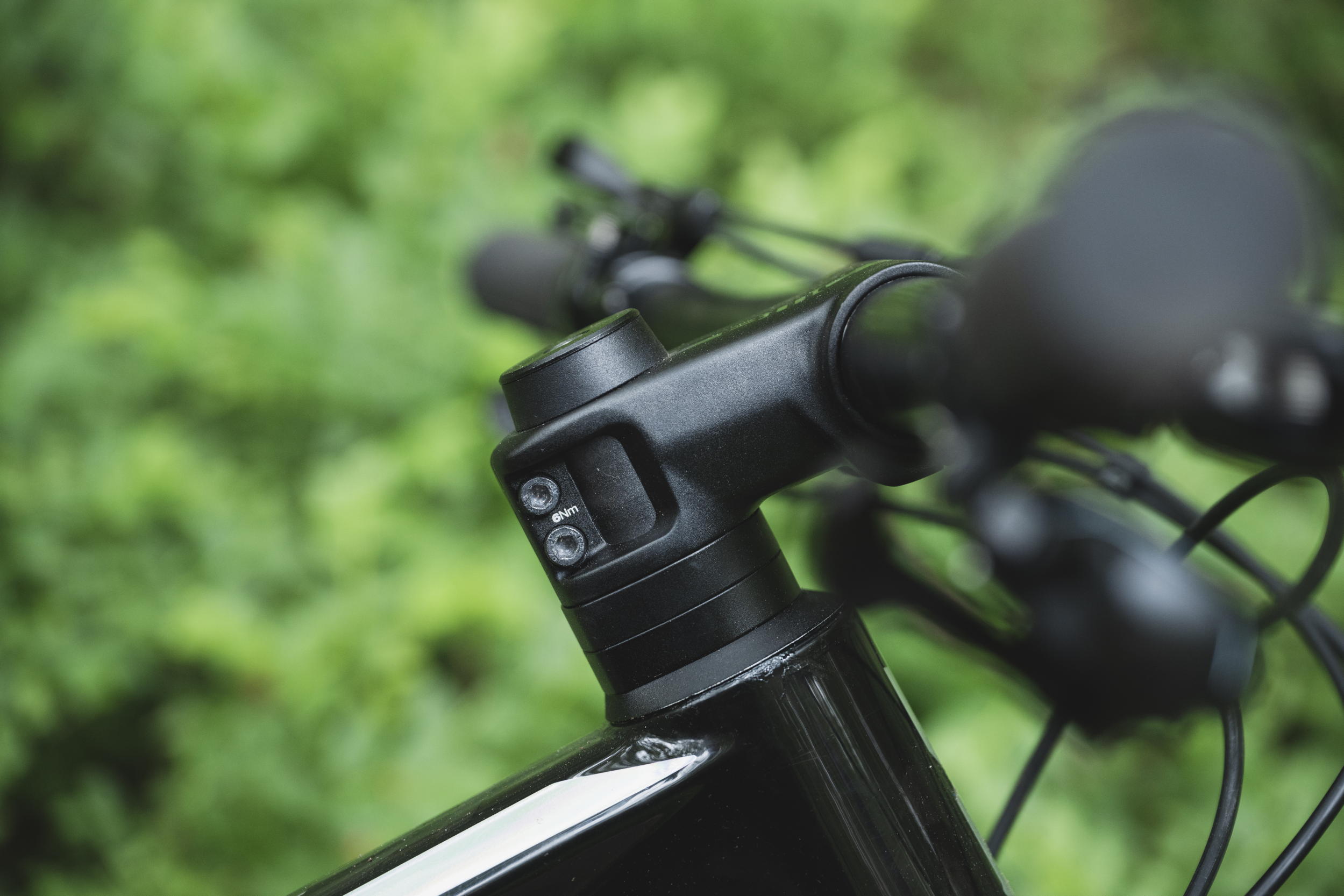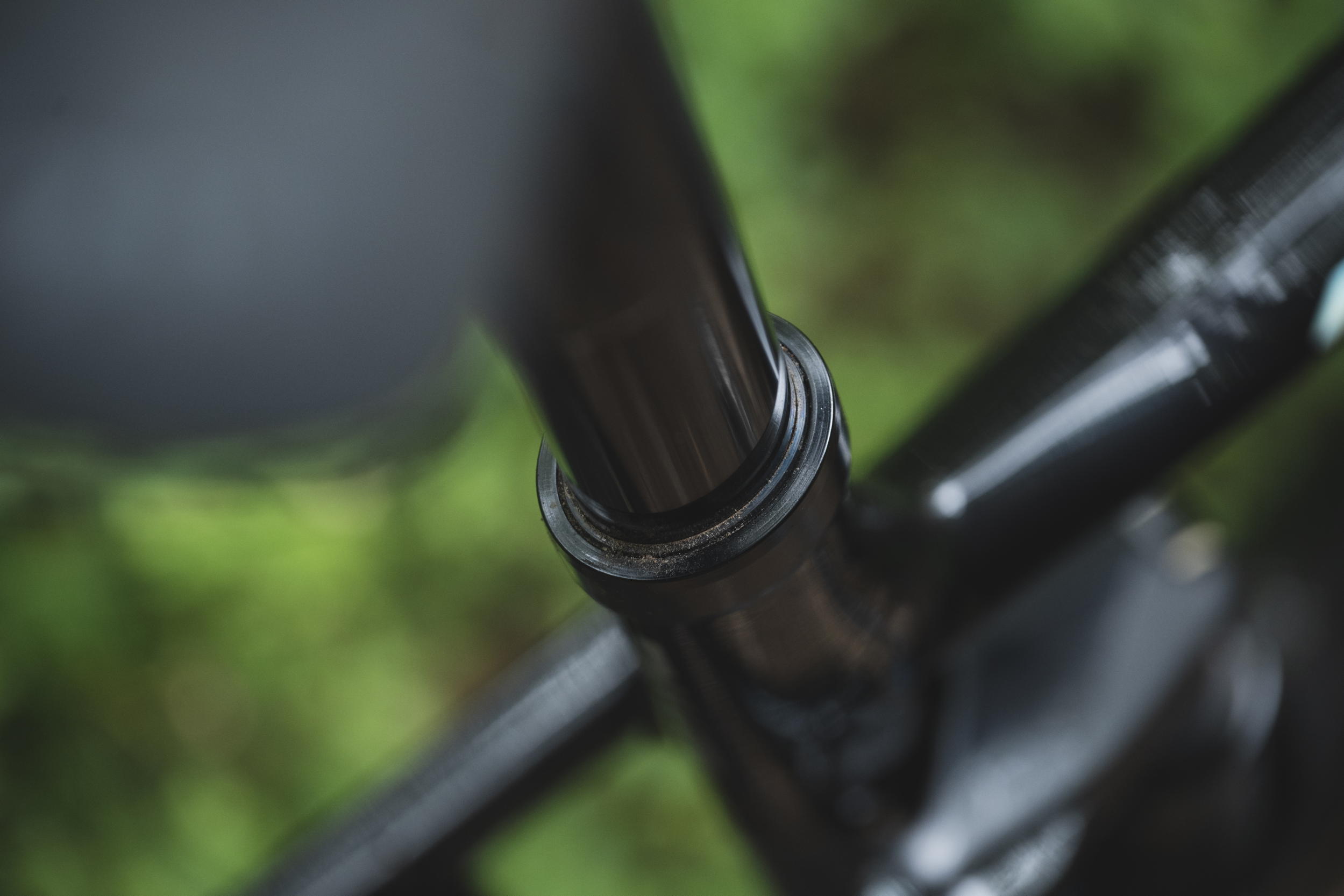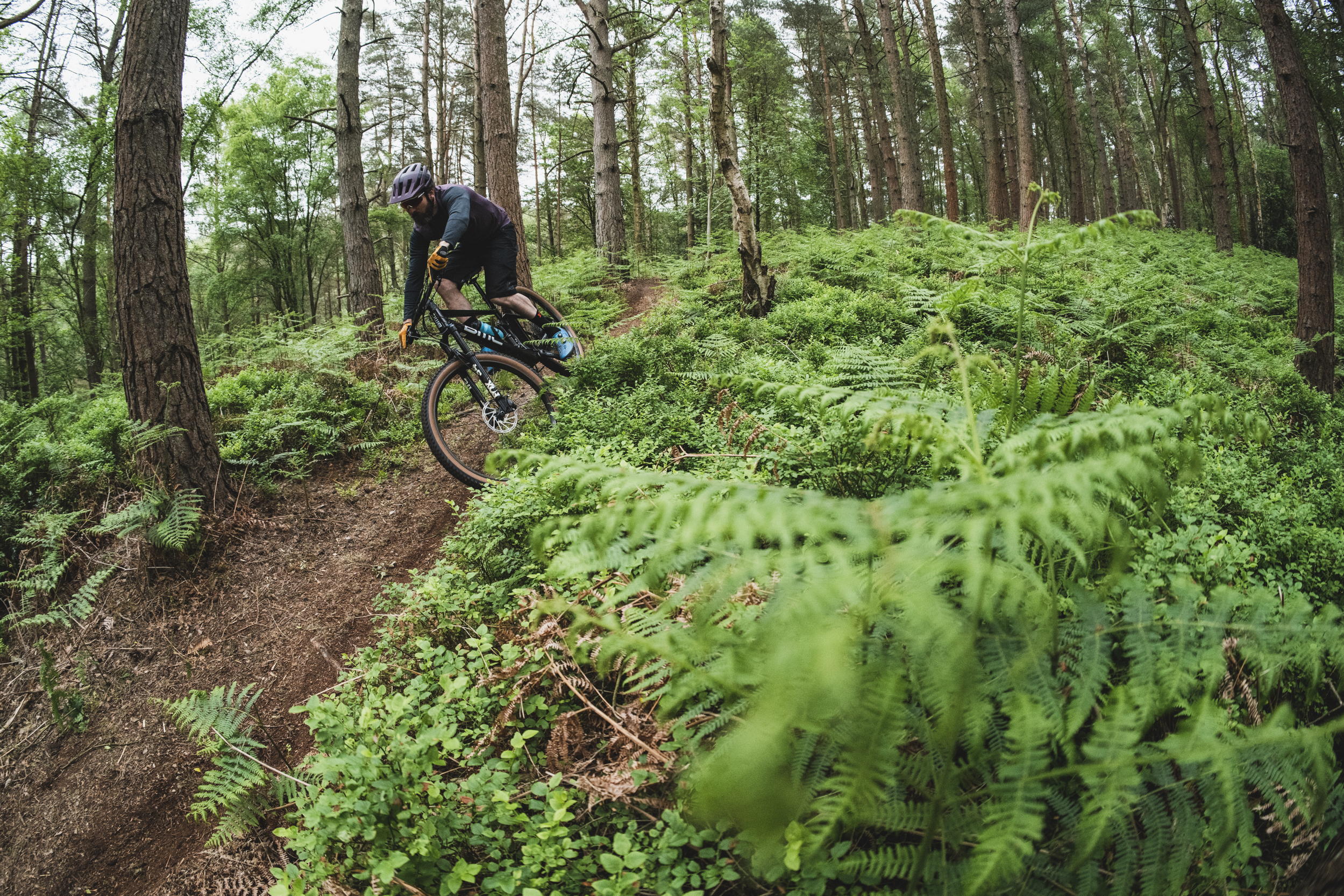Want to follow in Tom Pidcock's incredible wheel tracks, but fancy a bit more margin for error? Well BMC has the bike for you, in the shape of the Fourstroke 01 LT.
BMC Fourstroke 01 LT One first ride review
Tom Pidcock’s race machine with a bit more oomph, BMC’s Fourstroke LT gives mere mortals a bit of a safety net that takes it into best down-country territory.
Need to know
- Long-travel version of the BMC Fourstroke that Tom Pidcock races
- Fox 34 SC fork delivers 120mm travel to match the rear
- Remote lever offers three distinct suspension modes
- Integrated bump-stops protect the frame and allow for straighter and stiffer downtube
- Sag indicator on the upper link makes for easy suspension set up
- Available in four frame sizes
- Priced at €8,499 (no UK pricing as yet)

BMC Fourstroke 01 LT One: Racing pedigree
Tom Pidcock is one lucky son of a gun. And not because Mathieu van der Poel went out the front door at the 2020 Tokyo Olympics. It’s not even because on any given day he can race for the win at the highest level in road racing, cyclo-cross or mountain biking. That’s down to a lifetime dedicated to his craft and good genetics, not good fortune.
When I say Pidcock is lucky, it’s because he was in the fortunate position of being able to choose which mountain bike he wanted to race. A rare position for a sponsored rider at any level, let alone someone capable of competing for, and ultimately winning, Olympic gold.
How did he find himself in this particular situation? He currently rides for Ineos Grenadiers and the team is sponsored by Pinarello for Road and Cross. Because the Italian brand doesn’t make a XC full-suspension race bike, that left Pidcock free to choose.

Sag indicator makes set-up a doddle
Rumour has it, he tested a bunch of bikes from different brands before settling on the BMC Fourstoke. Not that you could tell he is riding one as all of the graphics have been removed. Now, given that BMC gets no direct publicity we can only assume that no money changed hands and it was genuinely Pidcock’s first choice. That, or, it is one of the best guerrilla marketing campaigns ever.

Inverted shock gives direct access for the remote lockout
Given that Pidcock has a custom build with electronic SR Suntour suspension, it’s hard to know which configuration of Fourstroke he’s riding. That’s right; there are two, and both use the exact same full carbon frame.
The standard Fourstroke gets a 50mm stroke shock to deliver 100mm of travel, while the LT version we have here retains the same eye-to-eye length but gets a 5mm longer stroke to boost travel to 120mm.

There are three modes for the shock: Open, pedal and lock
But the numbers don’t quite add up. If the standard Fourstroke delivers 100mm of travel from a 50mm stroke shock that gives it a 2:1 leverage ratio. Now, given that BMC upped the shock stroke by 5mm on the LT, it should be obvious that it will only provide an extra 10mm of travel. So the LT is a 110mm bike not a 120mm bike, which is exactly the amount of travel that I measured in the workshop.
To confuse matters further, the stock Fourstroke actually has 104mm of travel, and BMC rounds it down. The shortfall in travel on the LT could also be due to the bigger bottom out bumpers Fox is fitting to its shocks. In short, I have no idea how much travel Pidcock is running, so let’s get back to the bike I rode.

APS suspension uses a twin-link design
Like most high-end XC race bikes the Fourstroke LT gets a full carbon frame, right down to the rocker link. As such, the complete bike weighs 11.72kg with a bottle cage fitted and the 2.4in tyres set up tubeless. That’s not crazy light, but the bike does feel reassuringly solid.
And while most XC bikes have switched to flex-stay suspension designs to save weight, BMC still uses its longstanding APS twin-link design even though it is a little heavier. And that’s because it didn’t want to compromise on suspension performance.

Shaped spacers, but a traditional two-piece cockpit
After a lot of efficiency testing, BMC went with a remote lock out, rather than higher anti-squat levels to improve pedalling performance. The idea being that this allows the rear suspension to be more active and effective in the rough, then you use the two additional suspension modes (firm and locked) to stiffen things up for sprinting or climbing.

Over-the-bar lockout remote could be more ergonomic
In that respect it’s a lot like Scott’s Twinloc design, with a similar rat’s nest of cables up front – the recent switch to a SRAM AXS drivetrain a welcome addition. BMC has even adopted the inverted shock to achieve the most direct and neatest cable routing possible.
Yes, the suspension remote is reminiscent of an old thumb shifter that sits above the bar, rather than under it. And while it looks dated in design, after just one ride I found that having a clear distinction between the suspension remote and the dropper remote, made life a little less confusing, especially when redlining my heart rate.

Integrated dropper post is light and sleek
One neat feature on the BMC is that the dropper post is fully integrated into the frame. It offers 80mm of drop with two positions: slammed or fully extended. The lever action is light, as is the return force, but it’s still strong enough to give an audible clunk when locked in place.
Because the frame forms the outer part of the post, there’s no seat collar. Instead, there’s a small Allen key three quarters of the way down the seat tube for adjusting the saddle height. The range of saddle height adjustment is a generous 90mm, so the real limiting factor in terms of upsizing are the longer seat tubes, not the integrated seat post.
You also can’t fit aftermarket droppers as the seat tube is oval. Why go to such great lengths to integrate the post? At only 345g it’s lighter than a conventional design.

Not something you’d do on most XC racers
How it rides
Given that the BMC has a handlebar remote to simultaneously stiffen up the fork and shock, I expected the rear end on the Fourstroke to feel a little plusher in the open position. This is the LT version after all.
And even with the rebound adjuster fully open on the Fox Float DPS shock, the rear end was borderline too slow for me. So if you’re lighter than 80kg, which most XC riders are, you’ll struggle to get the rear suspension fast enough to react properly to repeated hits.

Lighter damping would help the Fourstroke come alive
In fact, it may not be that the rebound tune is too slow at all. It could simply be that the compression is too firm, so you never get to build enough spring force to work the rebound circuit properly.
This would also explain why the Fourstroke LT still pedals like stink even with the softer sag set up. In fact, the shock tune is very similar to the short-travel version which would explain a lot.

Not just a one trick pony
Even though the BMC clearly has a sporty suspension response, the Fourstroke LT is remarkably easy to ride fast – the slack 66.2º head angle, short 60mm stem and 760mm bar give it a very predictable steering response. The full carbon frame also has a damped feel to it, so you’re not pinging around or struggling for traction. The 2.4in tyres really help in that regard too.
- Best mountain bikes: the ultimate trail, XC and enduro bikes
- Best mountain bike helmets: a bunch of brilliant brain savers
- Bodyweight exercises to boost your mountain biking performance
Verdict
Will it make you as fast as Pidcock? I very much doubt that, but there’s no denying the sensation of pure speed the BMC Fourstroke LT delivers is addictive, and with a softer touch to the shock tune it would make a great down-country whip.
















